What is Bitcoin Halving and How Does it Impact the Market?

Over the years, Bitcoin has gained significant popularity and adoption as a means of payment and investment, with a growing number of merchants accepting it as a form of payment and an increasing number of investors buying and holding it as a store of value.
What is Bitcoin Halving?
Bitcoin Halving is a highly anticipated event that takes place every four years in the world of cryptocurrency. It is a pre-programmed adjustment in the Bitcoin blockchain protocol that reduces the mining rewards by 50% for each new block added to the network.
The purpose of the halving is to ensure that the rate of Bitcoin inflation remains under control, and that the total supply of Bitcoin never exceeds 21 million.
The upcoming Bitcoin Halving event has generated a lot of buzz and interest among investors and traders, as it is expected to have a significant impact on the price and overall market sentiment. In this blog post, we will dive deep into the topic of Bitcoin Halving, discussing what it is, how it works, and what to expect from the upcoming halving event.
When was the first Bitcoin Halving?
The first Bitcoin halving occurred on November 28, 2012, approximately four years after the cryptocurrency's launch. At that time, the mining reward for each block added to the Bitcoin blockchain was reduced from 50 BTC to 25 BTC.
This event marked a significant milestone in the Bitcoin ecosystem and signaled the beginning of a new era in the cryptocurrency's monetary policy. Since then, there have been two additional Bitcoin halvings, one in 2016 and another in 2020, with the mining reward reduced to 12.5 BTC and 6.25 BTC, respectively.
The next Bitcoin halving is expected to occur in 2024, at which point the mining reward will be further reduced to 3.125 BTC per block.
Bitcoin Halving Chart
A Bitcoin halving chart is a graphical representation that shows the historical and projected future dates of Bitcoin halvings, as well as the corresponding changes in the Bitcoin mining reward.
“The chart typically includes a timeline of Bitcoin's history, starting with its launch in 2009, and marks the dates of each halving event as vertical lines. The halving events are also accompanied by a reduction in the Bitcoin mining reward, which is depicted on the chart as a downward sloping curve.”

Bitcoin halving charts are used by investors, traders, and analysts to track the impact of halvings on the Bitcoin price and market sentiment. These charts can help in predicting potential price movements based on historical trends, as well as analyzing the impact of halvings on the overall supply and demand dynamics of Bitcoin.
Several online platforms offer Bitcoin halving charts that are frequently updated with the latest data and projections. These charts typically include additional features such as zooming, filtering, and customization options to allow users to analyze the data in more detail.
Overall, Bitcoin halving charts are a useful tool for anyone interested in understanding the impact of halving events on the Bitcoin ecosystem.
How does Bitcoin Halving work?
Bitcoin halving is a pre-programmed adjustment to the Bitcoin blockchain protocol that occurs approximately every four years. The process is designed to reduce the amount of new Bitcoin created with each block added to the blockchain by 50%.
The halving is a critical aspect of Bitcoin's monetary policy and serves to control the rate of inflation in the Bitcoin ecosystem.
Bitcoin halving works by reducing the mining rewards that Bitcoin miners receive for adding new blocks to the blockchain. When Bitcoin was first launched in 2009, the mining reward was set at 50 BTC per block.
After the first halving in 2012, the mining reward was reduced to 25 BTC per block. The second halving in 2016 further reduced the reward to 12.5 BTC per block, and the most recent halving in 2020 brought the reward down to 6.25 BTC per block.
The process of Bitcoin halving is automatic and built into the Bitcoin protocol, with a predetermined schedule that reduces the mining reward by half after every 210,000 blocks are added to the blockchain.
This cycle continues until the total supply of Bitcoin reaches 21 million, which is the maximum limit set by the protocol. Once the limit is reached, no new Bitcoins will be created, and miners will rely solely on transaction fees for their rewards.
The impact of Bitcoin halving on the mining industry and overall market sentiment can be significant. As the mining reward is reduced, it becomes more difficult and expensive for miners to earn a profit, leading to a potential decrease in the supply of new Bitcoins and an increase in their price.
Additionally, the halving can create uncertainty and volatility in the Bitcoin market, as investors and traders adjust their strategies based on the changing supply and demand dynamics.
Will BTC price go up or down after halving?
Predicting the exact direction of Bitcoin price movement after halving is difficult, as it is subject to various factors such as market sentiment, demand and supply, and overall adoption of the cryptocurrency. However, based on historical trends, many analysts and experts believe that Bitcoin price tends to go up after halving.
One reason for this belief is the reduction in the rate of new Bitcoin supply. With each halving event, the number of new Bitcoins entering the market decreases, creating a supply shock that can drive the price up due to increased scarcity.
Additionally, the halving can lead to a decrease in the profitability of Bitcoin mining, which could result in some miners leaving the network, reducing the overall supply of new Bitcoin even further.
However, it is also important to note that the impact of halving on Bitcoin price may not be immediate, and the price may experience fluctuations and volatility in the short term.
It is also worth considering that Bitcoin's price is influenced by a range of other factors beyond halving, such as macroeconomic conditions, regulatory developments, and investor sentiment.
Also Read - Is Bitcoin Dead? - Complete Analysis for BTC Investors
Impact of Halving on Bitcoin Miners
Bitcoin halving has a significant impact on Bitcoin miners, as it reduces the reward they receive for adding new blocks to the blockchain. With each halving event, the mining reward is reduced by half, which means that miners must work harder and invest more resources to earn the same amount of Bitcoin.
The reduction in mining rewards can lead to a decrease in profitability for miners, making it more challenging for them to cover their costs and remain profitable. This can lead to smaller miners being pushed out of the market, leaving only the most efficient and well-capitalized miners in the game.
However, there are some ways that miners can adapt to the changing market conditions after halving. For example, miners can lower their operating costs by upgrading their equipment to more efficient models, moving to locations with lower energy costs, or forming mining pools to share resources and reduce competition.
Additionally, as the price of Bitcoin tends to increase after halving, miners may be able to offset the reduced mining rewards by earning more from transaction fees and appreciation in the value of their Bitcoin holdings.
Overall, the impact of halving on Bitcoin miners depends on several factors, such as the cost of mining, the price of Bitcoin, and the level of competition in the market.
While the reduction in mining rewards can create challenges for miners, it is also an essential aspect of Bitcoin's monetary policy, which ensures the controlled release of new Bitcoin into the market and the maintenance of its value over time.
The Bottom Line
In conclusion, Bitcoin halving is a critical aspect of the Bitcoin protocol that serves to control the rate of inflation in the Bitcoin ecosystem.
The process of halving reduces the mining rewards that Bitcoin miners receive for adding new blocks to the blockchain by 50% every four years, until the maximum supply of 21 million Bitcoins is reached.
While the impact of halving on the Bitcoin market and miners can be significant, it is also an essential aspect of Bitcoin's monetary policy, ensuring the controlled release of new Bitcoin into the market and the maintenance of its value over time.
As Bitcoin continues to gain wider adoption and recognition as a legitimate asset, the impact of halving events is likely to become more pronounced, making it an important consideration for investors, traders, and Bitcoin enthusiasts alike.
Create Your Free Token Metrics Account

.png)




%201.svg)
%201.svg)


%201.svg)



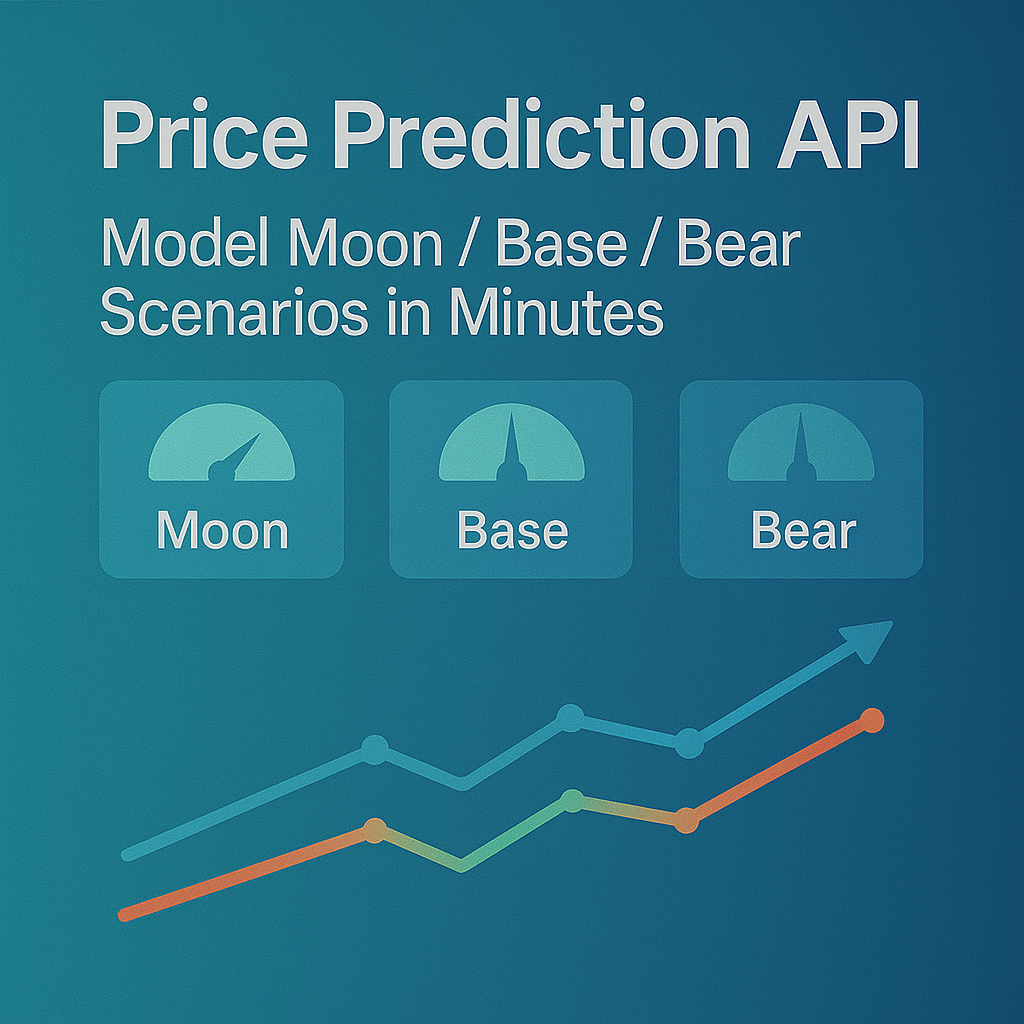
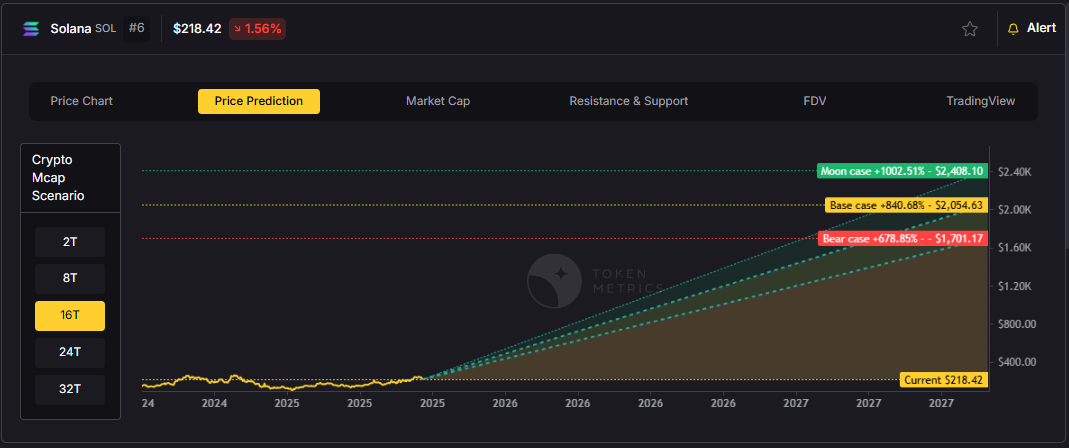
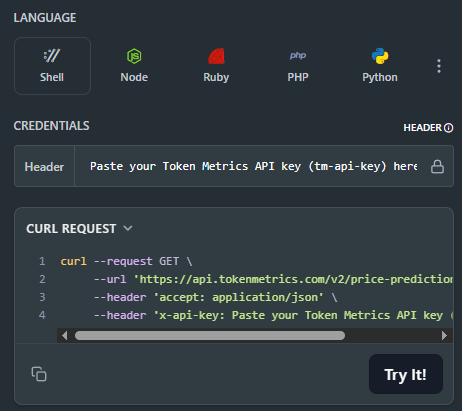
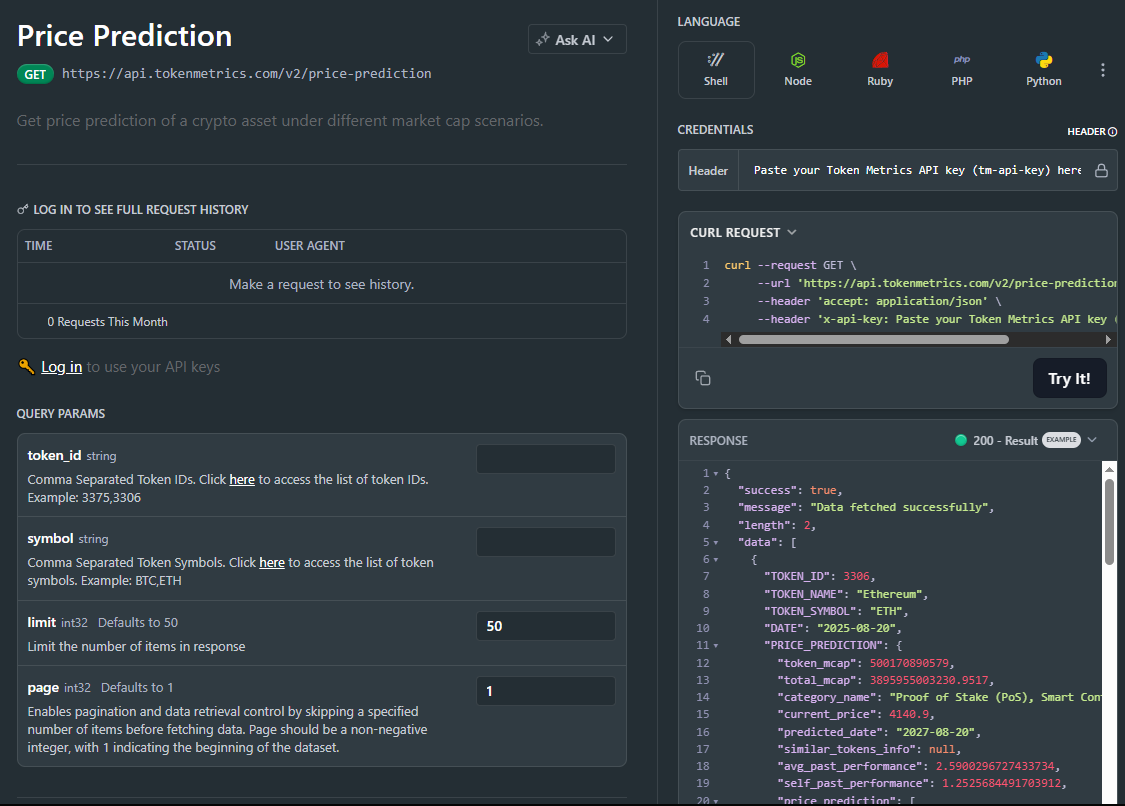
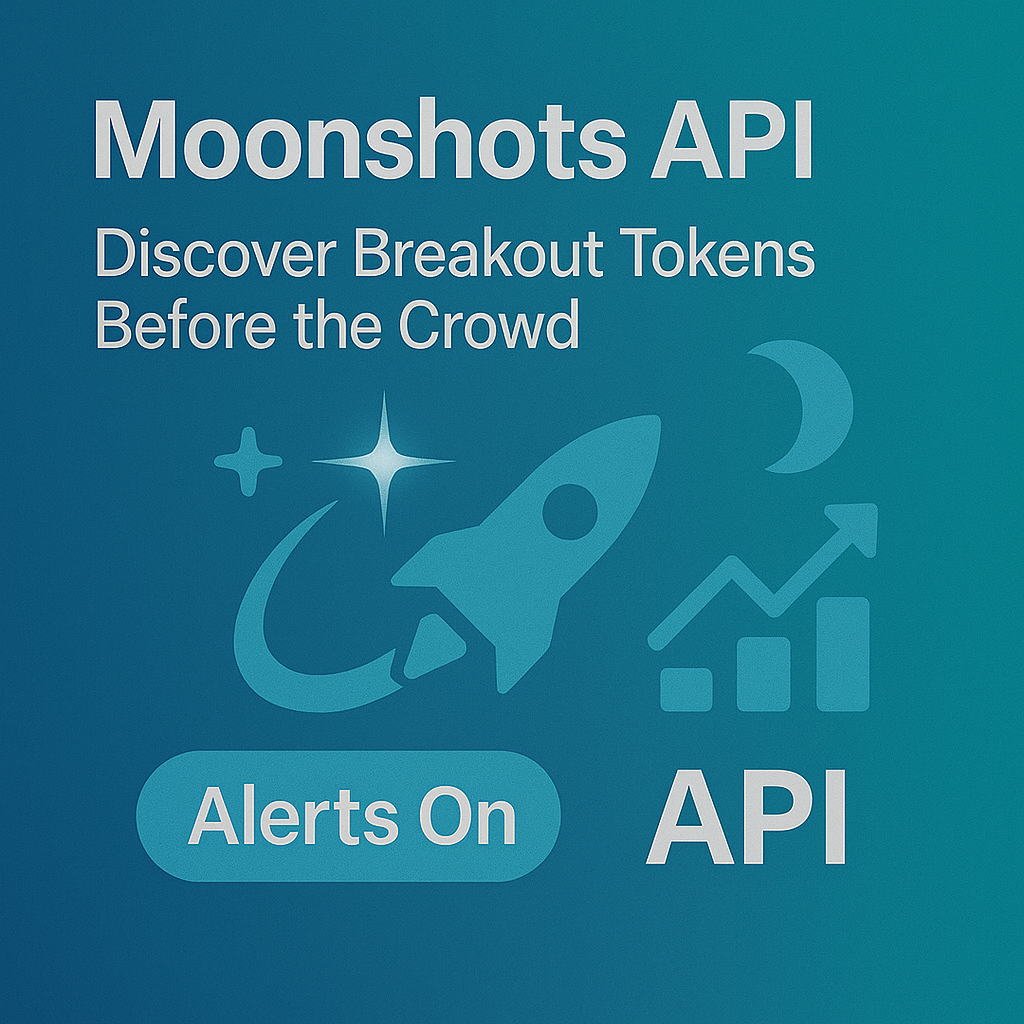
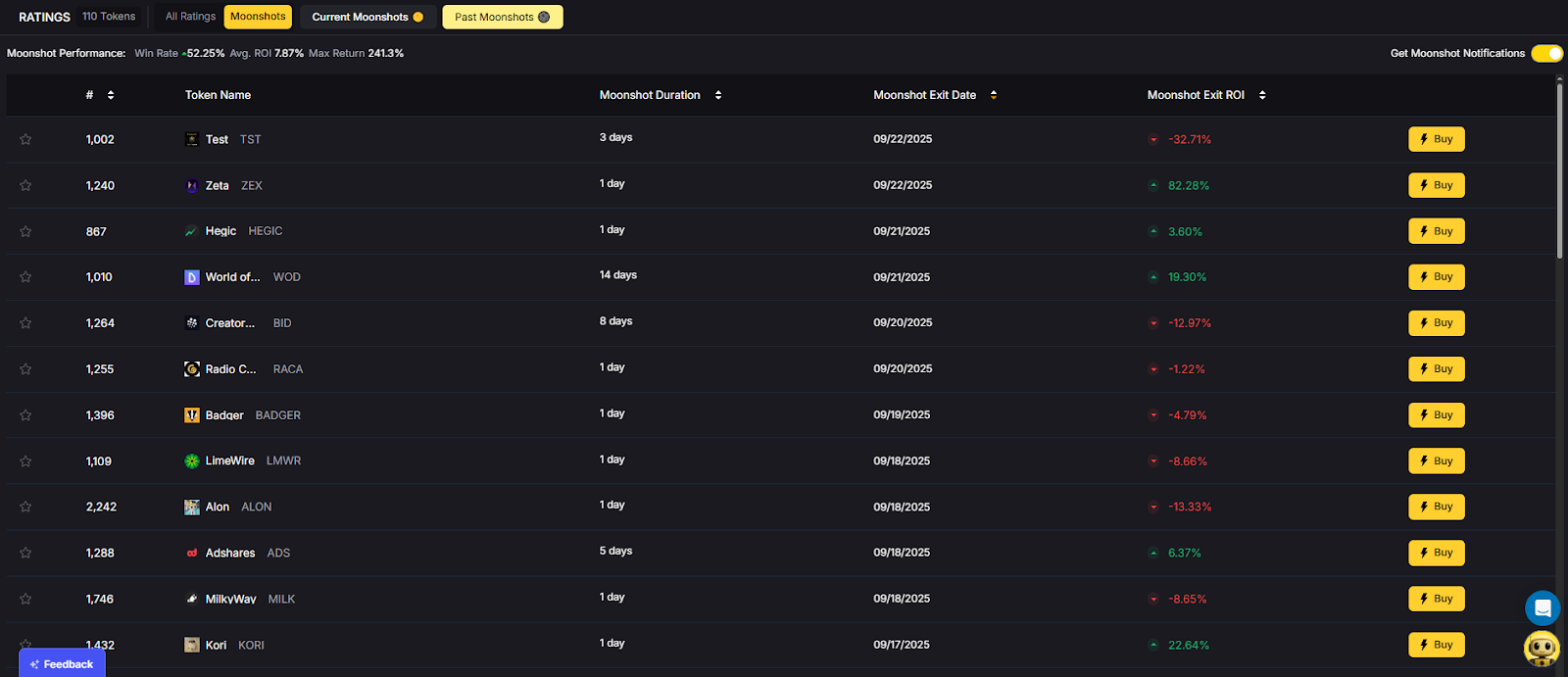
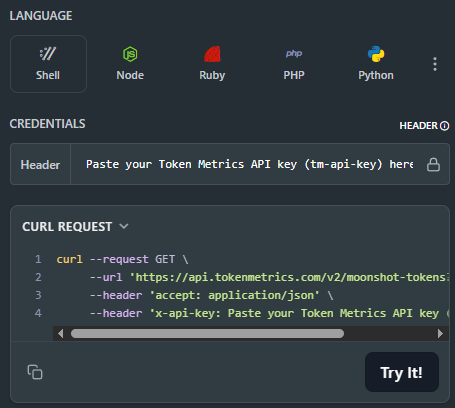
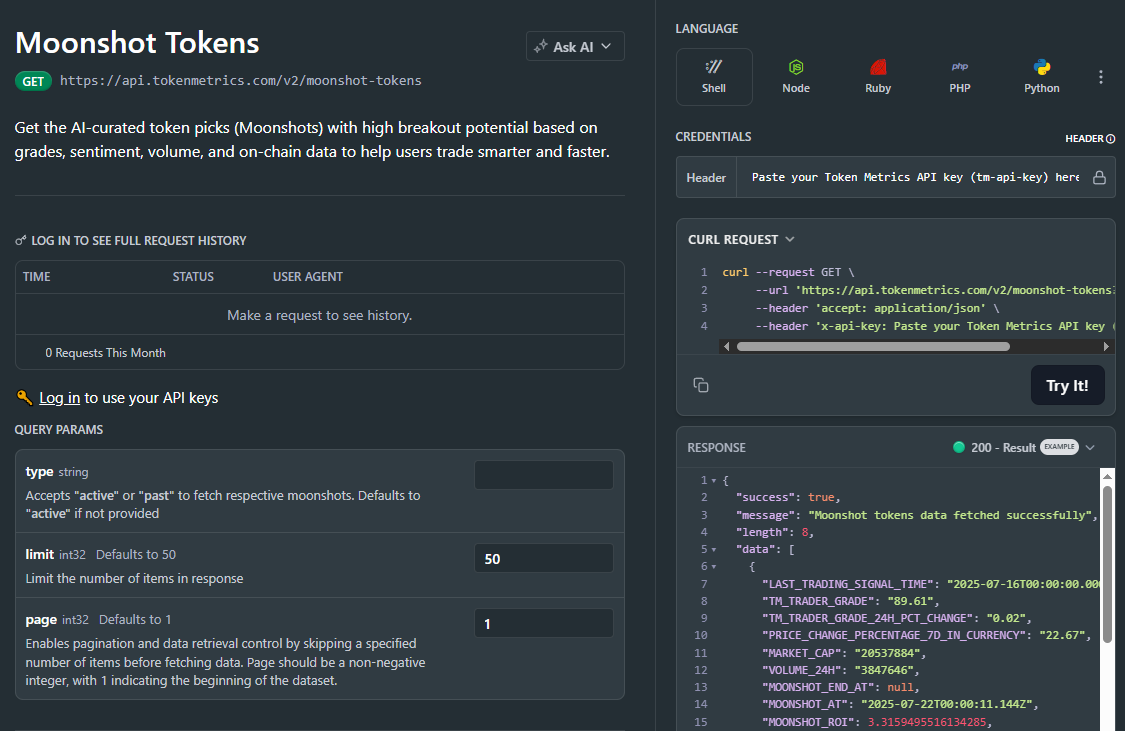
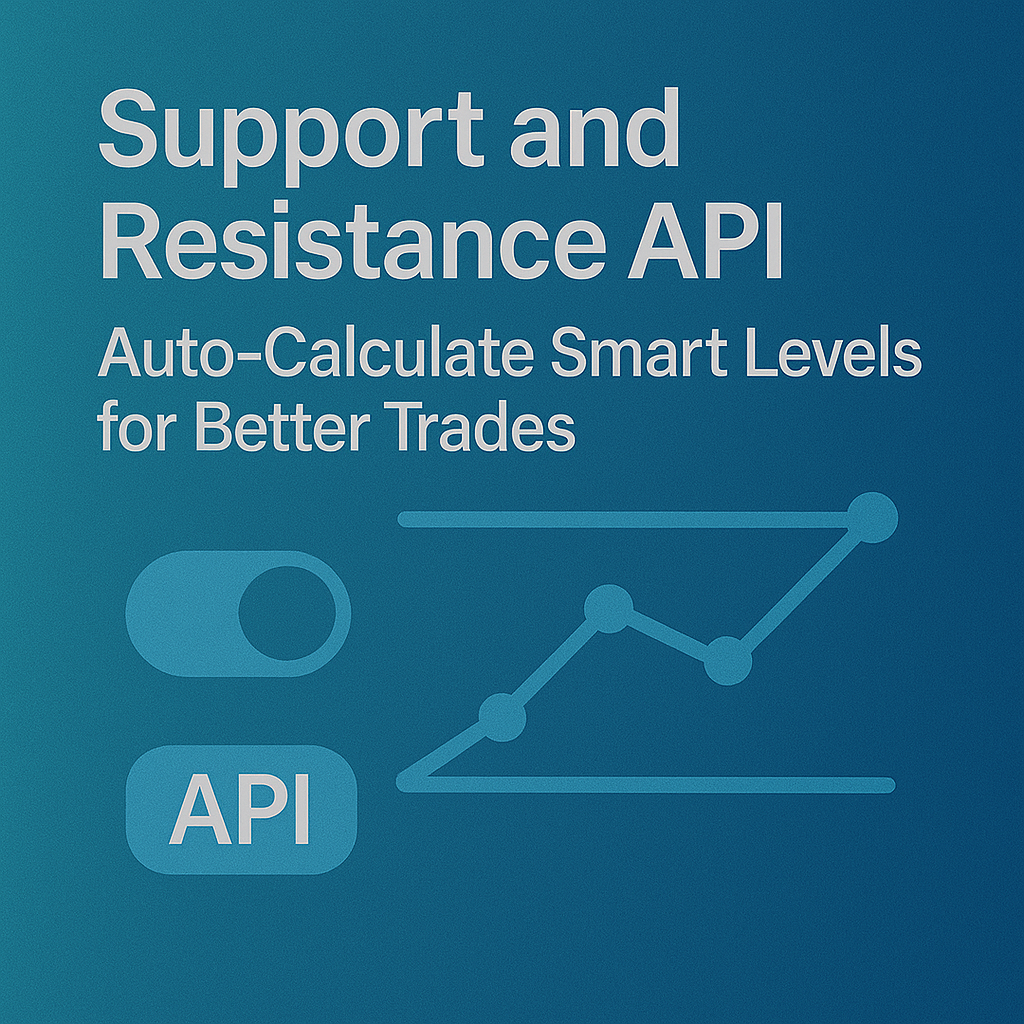
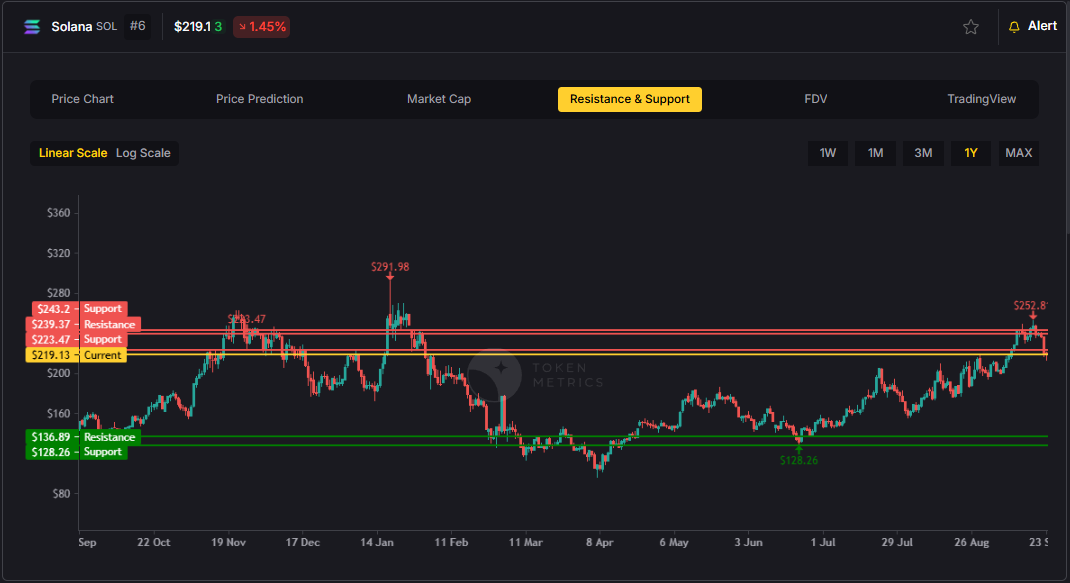
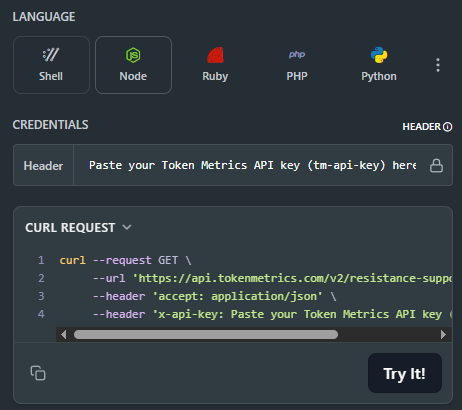
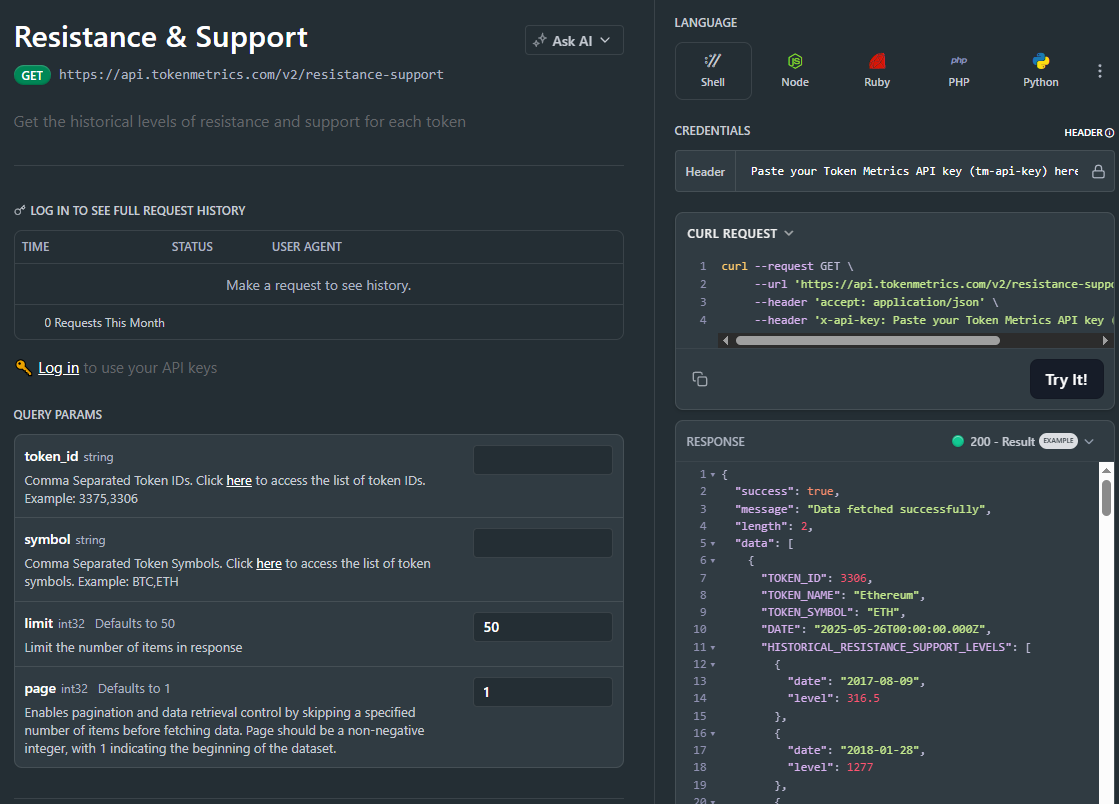




.svg)




.png)